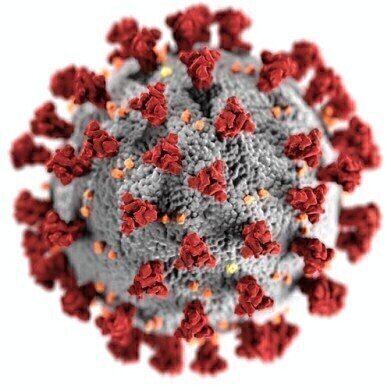GC-MS
How are Asymptomatic COVID-19 Infections Different? - Chromatography Investigates
Jul 09 2020
Coronavirus and Covid-19 have been the main source of stories for most of 2020. Ever since doctors in China reported a small cluster of infections from a pneumonia type infection in December 2019 and the world Health Organization subsequently called the disease Covid-19 and designated it a pandemic.
Since then, researchers and scientists around the globe have been using their knowledge and experience to try and understand more about both coronavirus and Covid-19. Governments have in place measures to help protect the population from infection – with measures including self-isolation and social distancing. But one of the problems in this strategy is the impact of asymptomatic and poorly symptomatic virus carriers. A recent paper published online reports on work carried out by researchers in Italy into how serum metabolic profiles differ between asymptomatic, mild, and severe symptomatic and control patients. This could help researchers to understand the mechanisms underlying the different disease forms.
Endothelium at the core?
It has been shown already in the short time that the disease has been around that asymptomatic and poorly symptomatic subjects will make up many carriers of the virus. This presents a problem when one of the main methods used to control the disease is the self-isolation of people presenting a given set of symptoms.
The range of respiratory symptoms caused by the virus Sar-COV-2 range from an annoying persistent cough to severe lung damage necessitating a spell in an intensive care unit. Unfortunately, the outcome is not always positive. But the disease is also accompanied in some cases by kidney disease, diabetes, and neurological disorders. The involvement of different organs indicates that the disease is targeting the endothelium – a layer of cells lining the blood vessels, heart, and lymph system. Knowing how and why the disease can affect such a wide range of different systems could be key to understanding and mitigating the impact of the disease.
Metabolic differences
Researchers in Italy from the University of Salerno have begun work to increase the understanding the mechanisms behind Sars-COV-2 and Covid-19 infections. The researchers enrolled 152 subjects in a study to compare the metabolic profiles of asymptomatic SARS-CoV-2 carriers as well as patients with mild and severe symptoms with subjects who were infection free. The control subjects were tested for Covid-19 antibodies to confirm they were free of infection.
The serum samples were analysed using gas chromatography-mass spectrometry. The use of GC-MS in analysis is discussed in the article, Measurement of Pesticides in Cannabis sativa and Hemp Matrices Using a Gas Chromatograph-Triple Quadrupole Mass Spectrometer. The researchers report that anti SARS-CoV-2 IgG showed an increasing trend from controls to asymptomatic and mild severity patients. Various amino acids and compounds showed differences between the control, asymptomatic and mild/severe patients that could be associated with the increased production of L-DOPA, itself associated with adrenaline and noradrenaline production during infection. The work suggests there is a metabolic difference between the various presentations of symptoms.
Events
Jan 20 2025 Amsterdam, Netherlands
Feb 03 2025 Dubai, UAE
Feb 05 2025 Guangzhou, China
Mar 01 2025 Boston, MA, USA
Mar 04 2025 Berlin, Germany












